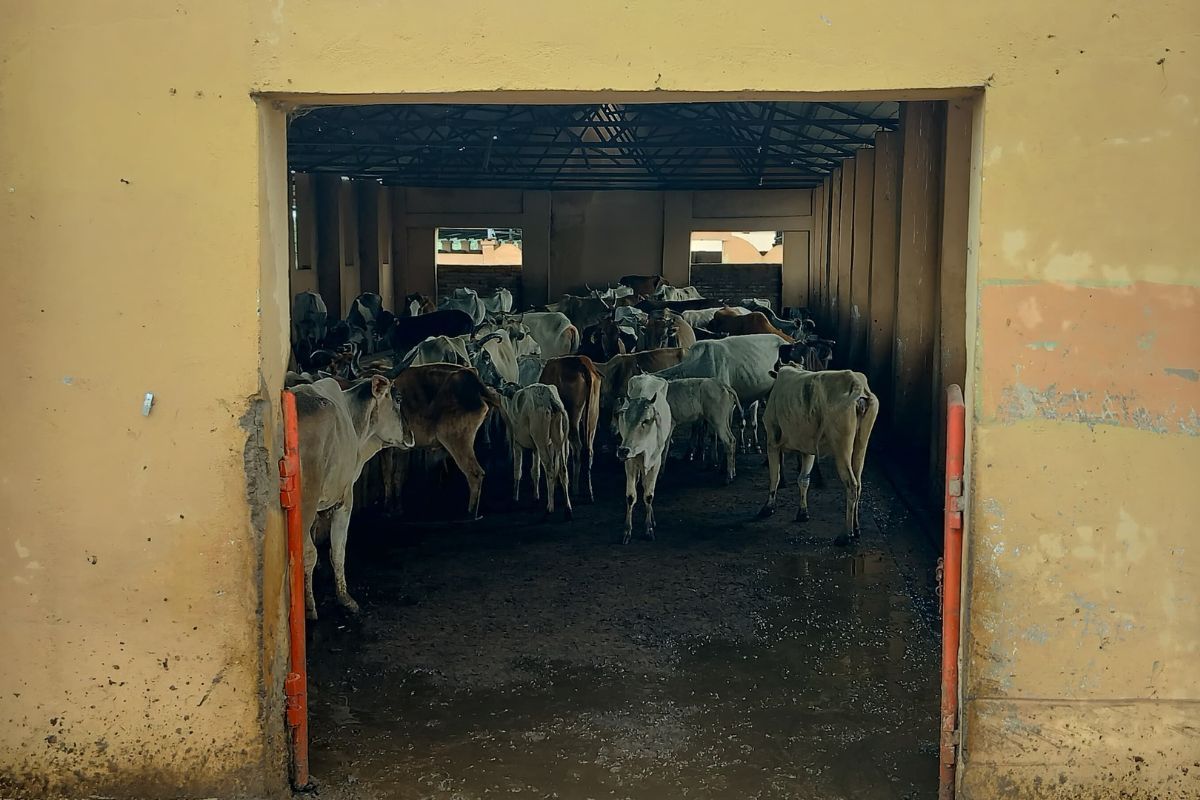Carbon offsetting or net-zero or carbon neutral would be few terms would be a few things which become part of the fight against climate change. Now, let us pick ‘carbon neutrality’ and understand what that really means?
Carbon neutrality by the middle of the twenty-first century is crucial in order to keep global warming to 1.5 degrees Celsius, which the Intergovernmental Panel on Climate Change (IPCC) believes is safe. To be carbon neutral, one must strike a balance between generating carbon and absorbing it in carbon sinks. All global greenhouse gas (GHG) emissions must be offset in order to reach net zero emissions
All in all, you have absorb as much carbon as you’re producing through your actions. Hence, the entire process becomes ‘CARBON NETURAL’.
To achieve climate neutrality, you must reduce your emissions to zero, which is true for both individuals and corporations. However, it will take many firms some time to invest in the necessary technology and alter their behaviour. hence, making it impossible for them to rapidly cut their emissions to zero. For time being, they don’t want to wait, they can invest in ‘carbon offsets’ which are emission reductions outside of their business. Meanwhile, the companies or individuals can invest in the reduction, which they can achieve right away.
One of the first airports in India to achieve carbon neutrality is Delhi’s Indira Gandhi International Airport.
The airport currently works entirely on solar and hydropower and has other unique methods in place to monitor carbon emissions.
It aims to have net zero emissions by the year 2030. Not only that, but the airport is also on track to meet its goal because to the presence of plants, large windows that cut down on the need for lighting, and energy-saving techniques.
What is Carbon Offsetting?
Carbon offsetting allows companies or individuals to invest in projects which will counter their carbon footprints.
To offset emissions from one sector with emissions from another is a strategy to cut emissions and work toward carbon neutrality. This can be accomplished by making investments in clean, low-carbon technologies such as renewable energy, energy efficiency, and others.

Most of the projects are based in developing or under-developed countries based around clean energy projects, and more. Or, much simpler intervention will be, like planting trees to soak the CO2 from atmosphere.

Read more: A complete guide to carbon offsetting
What are the International Agreements on this?
In order to inspire stakeholders worldwide to work toward net zero emissions and a climate neutral planet, UN Climate Change launched Climate Neutral Now back in 2015.
As per their website,
The Climate Neutral Now Initiative is one of several initiatives launched by the UNFCCC secretariat to increase climate action by engaging non-Party stakeholders (sub-national governments, companies, organizations, individuals). It was launched in 2015 based on a mandate to promote the voluntary use of carbon market mechanisms recognized under the Convention.
A scenario where global emissions are equal to what is naturally absorbed in “sinks” like forests and oceans would result from this.
The Paris Agreement, which 195 nations signed, also has the goal of being carbon neutral by 2050.
Is it similar to ‘Climate Neutral’?
To be “climate neutral” means to emit and reduce all greenhouse gases, not only carbon. Climate neutrality can be attained by producing greenhouse gases at a rate equal to their removal from the atmosphere, just like carbon neutrality. Climate-neutral sources don’t have a negative impact on global warming.
Conclusion
Extreme weather events including drought, heat waves, heavy rain, floods, and landslides are becoming more frequent around the world, as a result of climate change. Rising sea levels, acidity of the oceans, and a decline in biodiversity are some further effects of the fast changing climate.
While people are carbon offsetting, and there are people who believe that companies are ‘cheating’ responsibilities in the climate crisis. From planting trees to distributing efficient cooking stoves are ways in which companies carbon offset. Although, the sceptics think these are ways to scam the entire carbon offsetting marketing gimmick. The government are yet to take their responsibilities and invest in the carbon neutral policies actively.Also, it is unfair to judge all government through same parameters. Although, the responsibilities is on the individual to make attempt to reduce their carbon footprint.
Support us to keep independent environmental journalism alive in India.
Keep Reading
Part 1: Cloudburst in Ganderbal’s Padabal village & unfulfilled promises
India braces for intense 2024 monsoon amid recent deadly weather trends
Follow Ground Report on X, Instagram and Facebook for environmental and underreported stories from the margins. Give us feedback on our email id greport2018@gmail.com.
Don’t forget to Subscribe to our weekly newsletter, Join our community on WhatsApp, and Follow our YouTube Channel for video stories.









